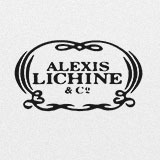Alexis Lichine
Pope wine
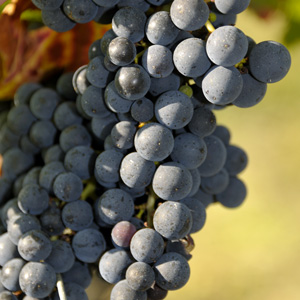
We are in Bordeaux, at the end of the 1950s, in one of the town’s best restaurants. Alexis Lichine is standing surrounded by the greatest Bordeaux wine merchants and winemakers, focussed on the glass in his hand. The test is to guess the estate and the year of the precious liquid. A challenge that even the greatest connoisseurs fear. Alexis Lichine concentrates and by its colour identifies it as an old wine. The bouquet, subtle with fragrances of forest undergrowth, fruits and cedar wood, very probably indicates a Médoc. Alexis Lichine brings the glass to his lips and immediately thinks of a Saint-Estèphe, with its characteristic fullness. The vine reveals no tannins, as these have disappeared over time, indicating a pre-war wine. The flavour, full and deep, reminds him of the year 1929. Only three chateaux in Saint-Estèphe are capable of producing a wine of such calibre, and only the Cos d’Estournel has this chocolaty taste and depth. In front of an astonished audience, Alexis Lichine pronounces his verdict: Cos d’Estournel 1929. At only 46 years old, he joins the legendary ranks of the greatest wine connoisseurs.
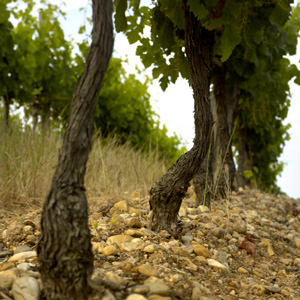
Born in 1913, his father was a rich banker in Saint Petersburg. The family fled Russia during the Revolution in October 1917 going first to America, then to France. After working in advertising sales for the French edition of the New York Herald Tribune in Paris then Algiers, he returned to America when prohibition was coming to an end. Now working as the national sales manager for a wine merchant, he understood the extraordinary potential of the American market for French wines. He became the representative of many wine merchants in the United States. In collaboration with his employer, he convinced some Californian vineyards to name their wines by their grape varieties and not their original terroir, to make them easier for wine enthusiasts to choose. Today, this naming system is broadly used to name many wines all over the world.
During the war, he worked in military intelligence and became the aide-de-camp to the then General and future-president Eisenhower in Italy and in the south of France; his superiors appreciated his extensive knowledge of wine and his ability to unearth the best bottles for official conferences and dinners.
During this period, he purchased Chateau Prieuré-Cantenac, in the village of Cantenac, 25km from Bordeaux. It was a former Benedictine abbey and ranked in the 3rd classified crus. It was renamed Chateau Prieuré-Lichine. He often travelled to the United States to promote his wine, organise tastings and give conferences. Alexis Lichine upset the established order in Bordeaux through his irreverent remarks in his books about wines made by the most prestigious estates and vineyards, and also because of his “American” style: direct and convivial. His intuition, knowledge and charisma earned him the nickname of “the Pope of Wine”.
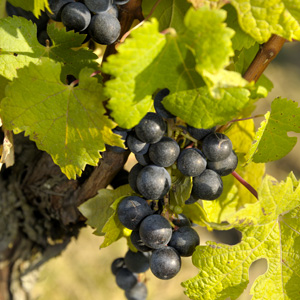
After mustering out, he divided his time between New York and Bordeaux where he founded his company, Alexis Lichine & Co, that he sold to the British eleven years to later. It was at this time, more precisely in 1951, that he published his first book: Guide to Wines and Vineyards of France, revised in 1979. Alexis Lichine was a member of a committee that aimed to revise the prestigious but very strict 1855 Bordeaux wine classification. His proposals were not accepted, but he nevertheless published them in his book “Classification des Grand Crus Rouges de Bordeaux” in 1961.
During this period, he purchased Chateau Prieuré-Cantenac, in the village of Cantenac, 25km from Bordeaux. It was a former Benedictine abbey and ranked in the 3rd classified crus. It was renamed Chateau Prieuré-Lichine. He often travelled to the United States to promote his wine, organise tastings and give conferences. Alexis Lichine upset the established order in Bordeaux through his irreverent remarks in his books about wines made by the most prestigious estates and vineyards, and also because of his “American” style: direct and convivial. His intuition, knowledge and charisma earned him the nickname of “the Pope of Wine”.
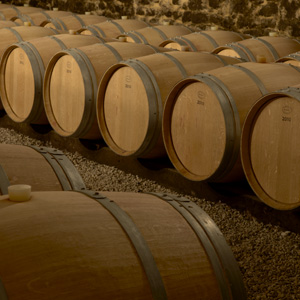
He owned a huge apartment in Manhattan but spent a large amount of his time in his Chateau Prieuré-Lichine, dedicating himself to perfecting his wines. He was voted “1987 Man of the Year” by Decanter wine magazine.
He married three times; his third wife was the actress Arlène Dahl.
Alexis Lichine died of cancer on 1st June 1989 aged 76, in the Chateau that now bears his name.”

